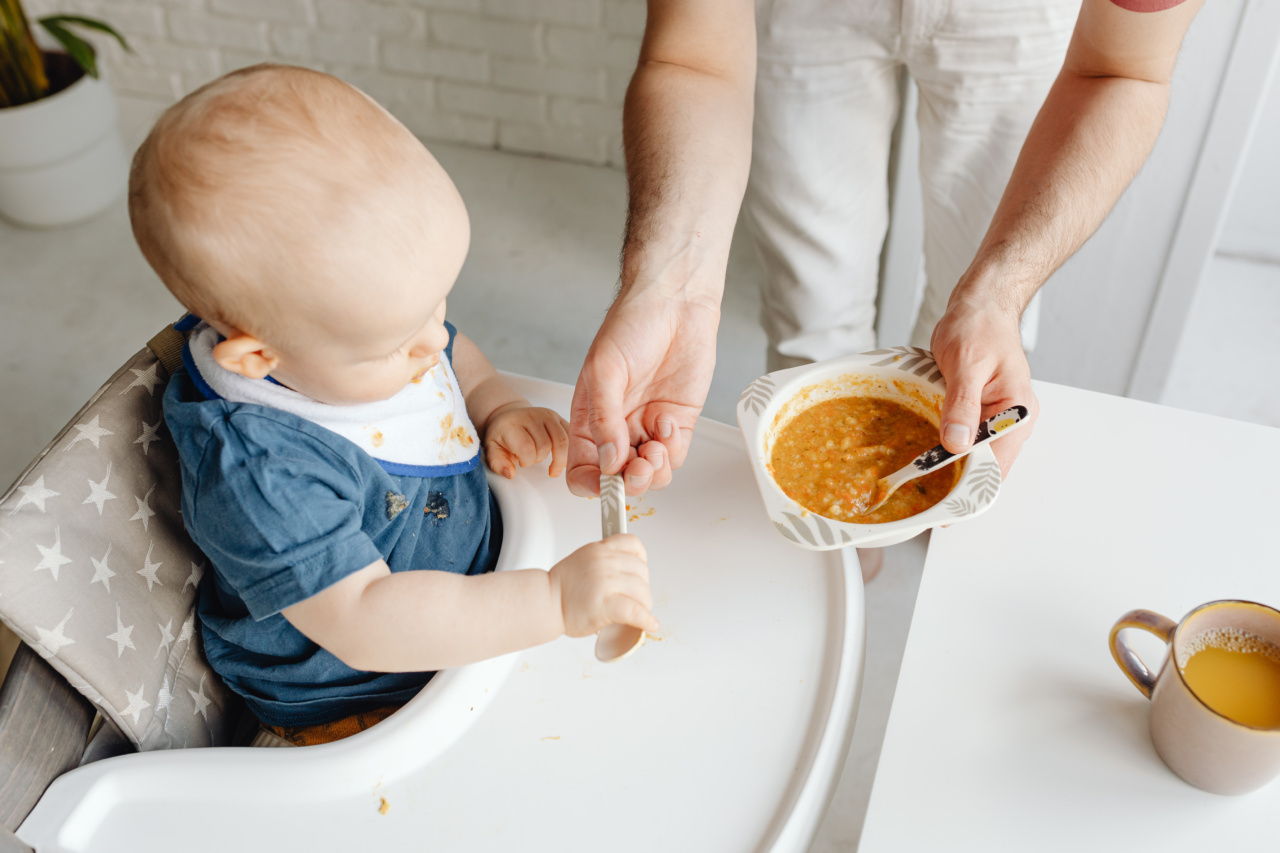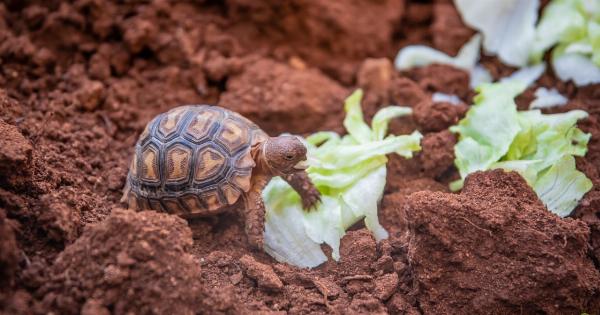The first few months of a baby’s life are filled with constant milk feeds, be it from breastfeeding or bottle-feeding. However, as the baby grows, their nutritional needs change, and it gradually becomes time to start introducing solid foods.
The transition from an all-liquid diet to solid foods can be overwhelming for both the baby and the parents, but with the right guidance, it can be a smooth and exciting journey.
When to Start Introducing Solids
The World Health Organization (WHO) recommends exclusive breastfeeding for the first six months of a baby’s life. After six months, the baby’s nutrient needs increase, and they may start showing signs of readiness for solid foods. These signs include:.
- Sitting up with support and good head control
- Showing an interest in what others are eating
- Being able to grab and put things in their mouth
- Being able to swallow food (instead of pushing it out of their mouth)
It’s important to note that every baby is unique, and some may not be ready for solids until closer to seven or eight months. Always consult with your baby’s pediatrician to ensure your child is ready for solid foods.
What Foods to Introduce First
When introducing solid foods, it’s best to start with single-ingredient purees and gradually introduce new foods, one at a time. This will help identify any potential food allergies or intolerances your baby may have.
Here are some of the best first foods for babies:.
- Rice cereal: This is a great option as it’s fortified with iron and has a mild taste that babies tend to enjoy.
- Bananas: A soft and sweet fruit that’s easy to mash and digest.
- Avocado: This is a nutrient-dense food that’s rich in healthy fats, making it a great option for brain development.
- Butternut squash: This vegetable is high in vitamin A, which supports healthy vision and immune function.
- Sweet potatoes: Another great source of vitamin A, as well as vitamin C and potassium.
How to Prepare Solid Foods for Your Baby
When preparing solid foods for your baby, it’s important to ensure it’s mashed or pureed to a smooth consistency. This will help avoid choking hazards. Here are some tips for preparing solid foods for your baby:.
- Steam or boil vegetables until they are soft and easily mashed with a fork.
- Cook fruits until they are soft and easily mashed with a fork, or serve them raw if they are soft enough.
- Blend or mash the food until it is a smooth, thin consistency.
- Introduce new foods one at a time, waiting three to five days before introducing another new food.
What to Expect During the Transition
The transition from an all-liquid diet to solid foods can take weeks or even months. It’s important to be patient and let your baby set the pace for their transition. Here are some common challenges you may face during the transition:.
- Refusal to eat: Your baby may refuse a certain food, but it’s important to keep trying different foods and textures.
- Choking: Always supervise your baby during mealtimes. Learn how to perform infant CPR in case of an emergency.
- Bowel changes: Solid foods can cause changes in bowel movements. This is normal, but if you notice any concerning changes, consult with your pediatrician.
What Not to Feed Your Baby
There are some foods you should avoid feeding your baby, especially during the first year of their life. These foods include:.
- Honey: This can cause botulism, a type of food poisoning, in babies under one year old.
- Salt and sugar: These can put extra strain on your baby’s kidneys and are unnecessary for their diet.
- Cow’s milk: This should not be introduced until after the first year, as it can cause digestive issues and an allergic reaction.
- Choking hazards: Avoid foods like nuts, popcorn, raw carrots, and grapes, as they can be a choking hazard.
Conclusion
The transition from an all-liquid diet to solid foods is an exciting milestone for both babies and parents. With patience, understanding, and guidance, the transition can be a smooth and enjoyable one.




























